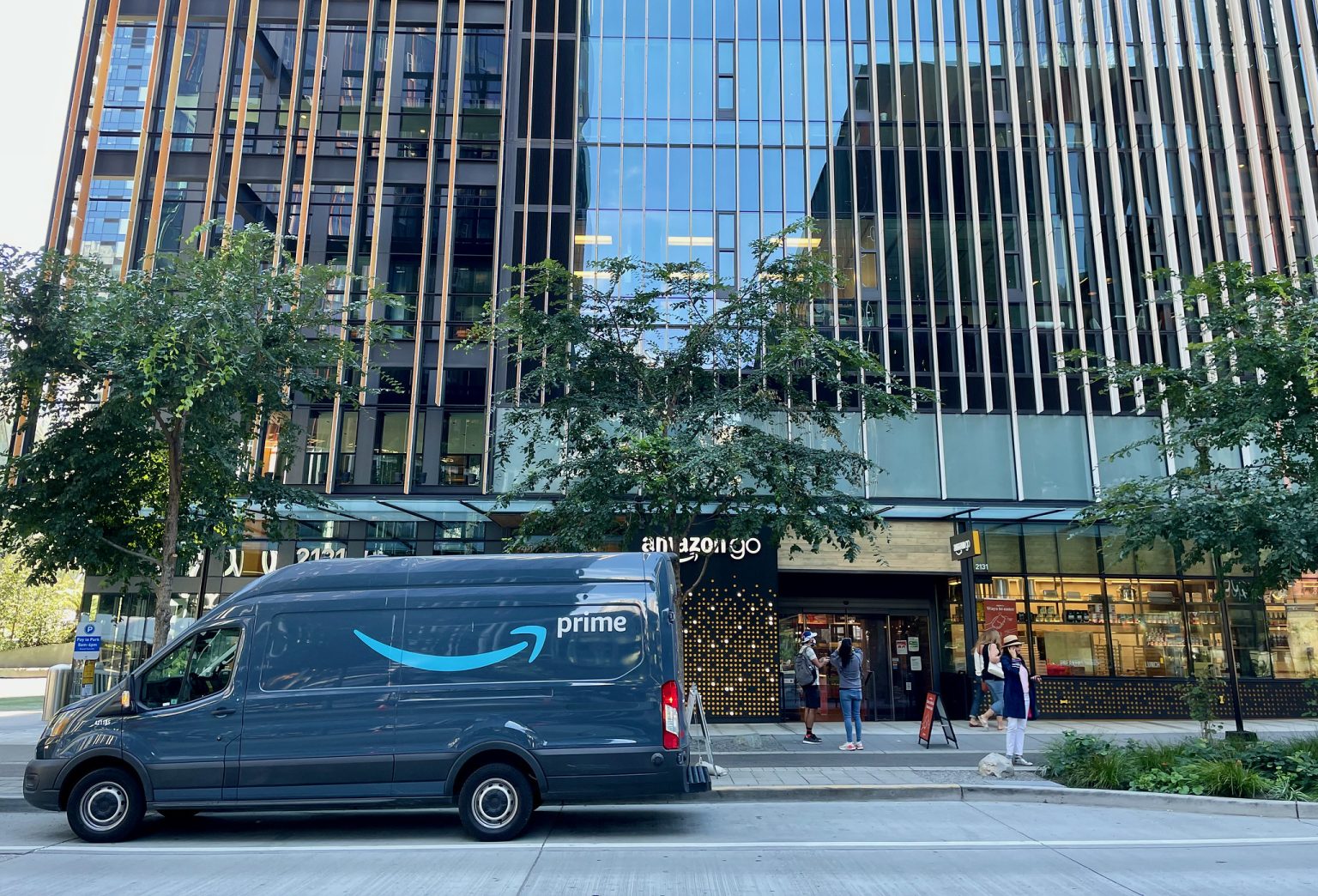Amazon Exceeds Expectations in Q3 2025, Despite Recent Corporate Restructuring
Amazon has delivered a remarkable third-quarter performance for 2025, significantly surpassing Wall Street expectations with revenue reaching $180.2 billion, representing a 13% increase year-over-year. The e-commerce and cloud computing giant reported earnings per share of $1.95, a substantial improvement from $1.43 in the same period last year. Net income soared to $21.2 billion, up from $15.3 billion in 2024, handily beating analyst expectations of $177.7 billion in revenue and $1.56 in earnings per share. This stellar performance drove Amazon’s stock up by more than 11% in after-hours trading, a welcome development for investors who have watched Amazon’s stock growth lag behind tech competitors Microsoft and Google throughout the year. The company’s success comes at a pivotal time, as it navigates both massive corporate restructuring and an aggressive push into artificial intelligence infrastructure, demonstrating remarkable resilience in the face of significant organizational change.
Perhaps most impressive was the performance of Amazon Web Services (AWS), which showed a re-acceleration in growth that surprised many industry observers. The cloud computing division reported $33 billion in sales, reflecting a 20% year-over-year increase that exceeded analyst forecasts. In addressing this success, CEO Andy Jassy highlighted that AWS is “growing at a pace we haven’t seen since 2022,” noting strong demand in both AI and core infrastructure services. “We’ve been focused on accelerating capacity—adding more than 3.8 gigawatts in the past 12 months,” Jassy explained, countering the narrative that Amazon’s cloud business might be falling behind Microsoft and Google in capitalizing on the AI opportunity. This robust cloud performance is particularly significant as AWS generates the majority of Amazon’s operating profits—$11.4 billion in the third quarter alone, representing more than half of the company’s total operating income, despite a major service outage just last week that temporarily disrupted numerous major websites and digital services.
Amazon’s overall operating income reached $17.4 billion in the third quarter, remaining steady compared to the previous year, despite two significant special charges that impacted the bottom line. The company absorbed a $2.5 billion charge related to its recent settlement with the Federal Trade Commission regarding Prime memberships, along with approximately $1.8 billion in estimated severance costs connected to the massive corporate layoff of 14,000 employees announced earlier in the week. These layoffs, which reports suggest could ultimately affect as many as 30,000 people as cutbacks continue into next year, are part of a broader efficiency initiative at Amazon. Jassy has emphasized the need to reduce bureaucracy and increase efficiency in what he describes as “the new era of artificial intelligence,” having previously told employees that Amazon’s corporate workforce will likely shrink in the coming years as generative AI becomes more integrated into operations. Despite these challenges, the company’s core business segments showed impressive growth across the board.
The company’s retail operation continues to form the backbone of its revenue stream, with online store sales reaching $67.4 billion, up 10% from the previous year. This figure includes sales from Amazon’s annual Prime Day event held from July 8-11, which traditionally boosts third-quarter results. Third-party seller services also showed healthy growth, with revenue increasing 12% to $42.5 billion. Meanwhile, Amazon’s advertising business has emerged as another major profit center alongside AWS, generating $17.7 billion in revenue during the quarter—a remarkable 24% increase from the year-ago period that exceeded analyst estimates. Physical store revenue, including Whole Foods and other Amazon grocery locations, grew 7% to reach $5.6 billion, while subscription services revenue, primarily from Prime memberships, increased 11% to $12.6 billion. These diverse revenue streams demonstrate Amazon’s continued success in expanding beyond its e-commerce origins into multiple high-growth sectors.
Looking at operational metrics, Amazon reported some interesting figures that offer insight into its enormous scale and efficiency improvements. The company spent $25.4 billion on shipping in the third quarter, representing an 8% increase—notably lower than its overall revenue growth rate, suggesting improvements in logistics efficiency. Amazon’s workforce now stands at 1.57 million people, a modest 2% increase year-over-year, a figure that does not include seasonal and contract workers. This relatively flat headcount growth, coupled with the recent layoff announcements, reflects Amazon’s focus on operational efficiency and productivity gains, potentially leveraging automation and AI technologies to do more with fewer employees. These efficiency measures appear to be paying dividends across the organization, allowing Amazon to maintain strong profit margins even as it invests heavily in new technologies and infrastructure.
As Amazon looks ahead to the final quarter of 2025, the company has provided optimistic guidance for the holiday season, forecasting Q4 sales between $206 billion and $213 billion. Operating income is expected to range between $21 billion and $26 billion, compared with $21.2 billion in the same quarter last year. This outlook suggests continued confidence despite the ongoing workforce reductions and organizational changes. Amazon and other cloud giants continue to pour billions of dollars into capital expenditures to support AI initiatives, with Amazon earlier announcing expectations to increase capital expenditures to more than $100 billion in 2025. The company’s strong performance across diverse business segments—from cloud computing to advertising, e-commerce to subscription services—demonstrates its remarkable adaptability and continued dominance in the technology landscape. As Amazon evolves its strategy for the AI era, balancing efficiency with innovation remains central to its approach, with today’s results suggesting the company is successfully navigating this complex transition while maintaining strong financial performance.


